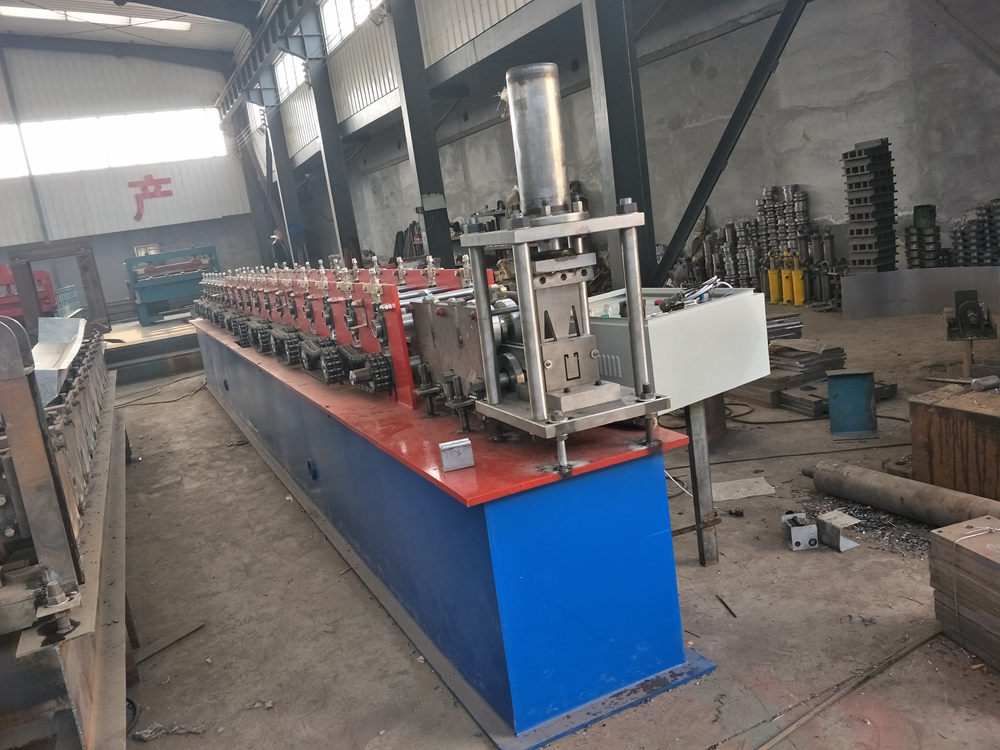Understanding Roll Forming Machinery A Key Player in Manufacturing
Roll forming machinery plays a crucial role in the manufacturing industry, particularly in the production of metal components. This continuous bending process shapes metal sheets or strips into desired cross-sectional profiles through a series of rollers. These machines are extensively utilized in various sectors, including automotive, construction, and appliances, due to their efficiency, versatility, and the high-quality finishes they provide.
The Basics of Roll Forming
At its core, roll forming involves feeding a flat metal strip through a series of rollers, which progressively shape the material into a final profile. The process usually starts with a flat coil of metal, typically steel or aluminum, which is unwound and fed into the machine. Each set of rollers applies force to alter the geometry of the strip incrementally. As the material passes through multiple stations, it is continuously and precisely formed until it reaches the desired shape.
One of the primary advantages of roll forming machinery is its ability to produce long lengths of uniform profiles at high speeds. This makes it particularly suitable for manufacturing components such as
- Roof panels - Wall sections - Beams and columns - Trim and flashing materials - Tracks and channels
The roll forming process also allows for tight tolerances and consistent quality, which are essential in industries where precision is critical.
Types of Roll Forming Machines
Roll forming machinery comes in various configurations tailored to specific needs
. Some common types include
1. Standard Roll Forming Machines These are the most widely used and are suitable for a vast range of profiles. They consist of multiple roller stands that can be adjusted for different shapes.
2. Adjustable Roll Forming Machines These machines offer flexibility by allowing operators to easily change between various profiles without extensive downtime.
3. Servo-driven Roll Forming Machines With high-tech servo motors, these machines deliver enhanced precision and energy efficiency. They are ideal for complex shapes and minimize the waste of raw materials.
4. Automated Roll Forming Lines These involve automated systems that incorporate feeding, forming, and cutting processes, reducing labor costs and increasing overall efficiency.
Applications Across Industries
One of the standout features of roll forming machinery is its adaptability across various industries. In the automotive sector, roll-formed components are used in chassis, body panels, and structural parts. For the construction industry, roll forming produces essential materials such as steel framing, roofing systems, and siding, providing strength and durability to buildings.
Additionally, the appliance industry benefits from roll forming in the creation of components like brackets, supports, and frames for refrigerators, ovens, and washing machines. The versatility of roll forming enables manufacturers to respond swiftly to changing market demands and produce customized solutions.
Conclusion
Roll forming machinery is a fundamental component of modern manufacturing, offering efficiency, precision, and versatility in producing high-quality metal profiles. Its ability to create a wide range of components for diverse industries underscores its significance in today’s economy. As manufacturing processes continue to advance with technology, roll forming machines are likely to evolve further, enhancing their functionality and expanding their applications. For businesses looking to improve production efficiency and product quality, investing in the right roll forming machinery can be a game-changer. Whether for large-scale production or customized requirements, roll forming remains an essential process in the fast-paced world of manufacturing.